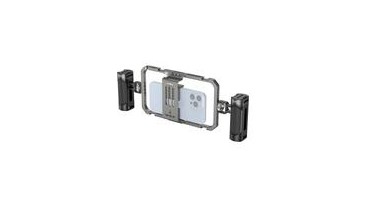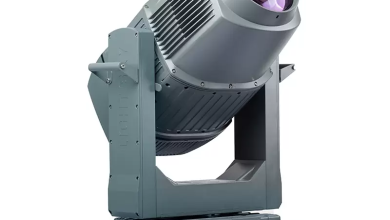What to Consider While Buying Smart LED Bulbs?

Big home improvement stores are displaying all sorts of LED lights, with promises to save you money in the long run. But how do you know which one is best? How much do they cost? What is their lifespan? Here we will answer these questions and more. Here we outline some factors that can affect your choice of smart LED bulb and clear up any confusion on what to look for when purchasing one.
1. Lifespan of the smart LED bulb –
The lifespan of smart light bulbs depends on many factors. The most important factors are the performance of the bulb and what it is used for. First, consider the type of lighting that your bulb would be used for. If you have an older fixture that uses incandescent bulbs, then you should be able to replace your existing bulbs with LED bulbs and save money from day one.
Second, consider how many hours each day your fixture is turned off or on. The more hours off, or in dimmer mode, a light is left idle for; the more expensive it will become over time due to power consumption and heat buildup which will shorten its lifespan.
2. Thermal management –
The more watts a light uses, the more heat is produced. Without proper thermal management, the heat will quickly break down the hardware of the LED bulb, shortening its lifespan and reducing performance. How hot does an LED bulb get? The answer depends on how much energy it needs to produce light and how efficient it can be at cooling itself down.
For some bulbs, heat is dissipated through a complex heat sink or heat pipe system. These features are not required for every LED bulb since operating temperature varies based on each unique fixture, but if you plan to use your new LED for lights that are either on all day or in a lot of dimmer modes then it’s best to consider bulbs with thermal management built-in.
3. Light Color –
The color of an LED bulb is important because it affects how it is perceived by the human eye. There are different colors and temperatures of light in the visible spectrum, and each color is related to a particular wavelength. The known wavelengths of light used by incandescent bulbs are so well-known that they have been measured and written down in a book.
But because the available colors of LEDs can be changed, the rules for choosing a smart LED bulb are less precise. In order to produce white light, your LED bulb must have a color temperature between 4000 K and 6000 K. This means it must be either cooler than 5000K or warmer than 6000K.
Summary
You have gone through the entire guide. Till now we hope that you have understood the concept behind this post. We believe that we have covered all important points so that you understand what smart LED light is, how it works and why it did come into existence.




